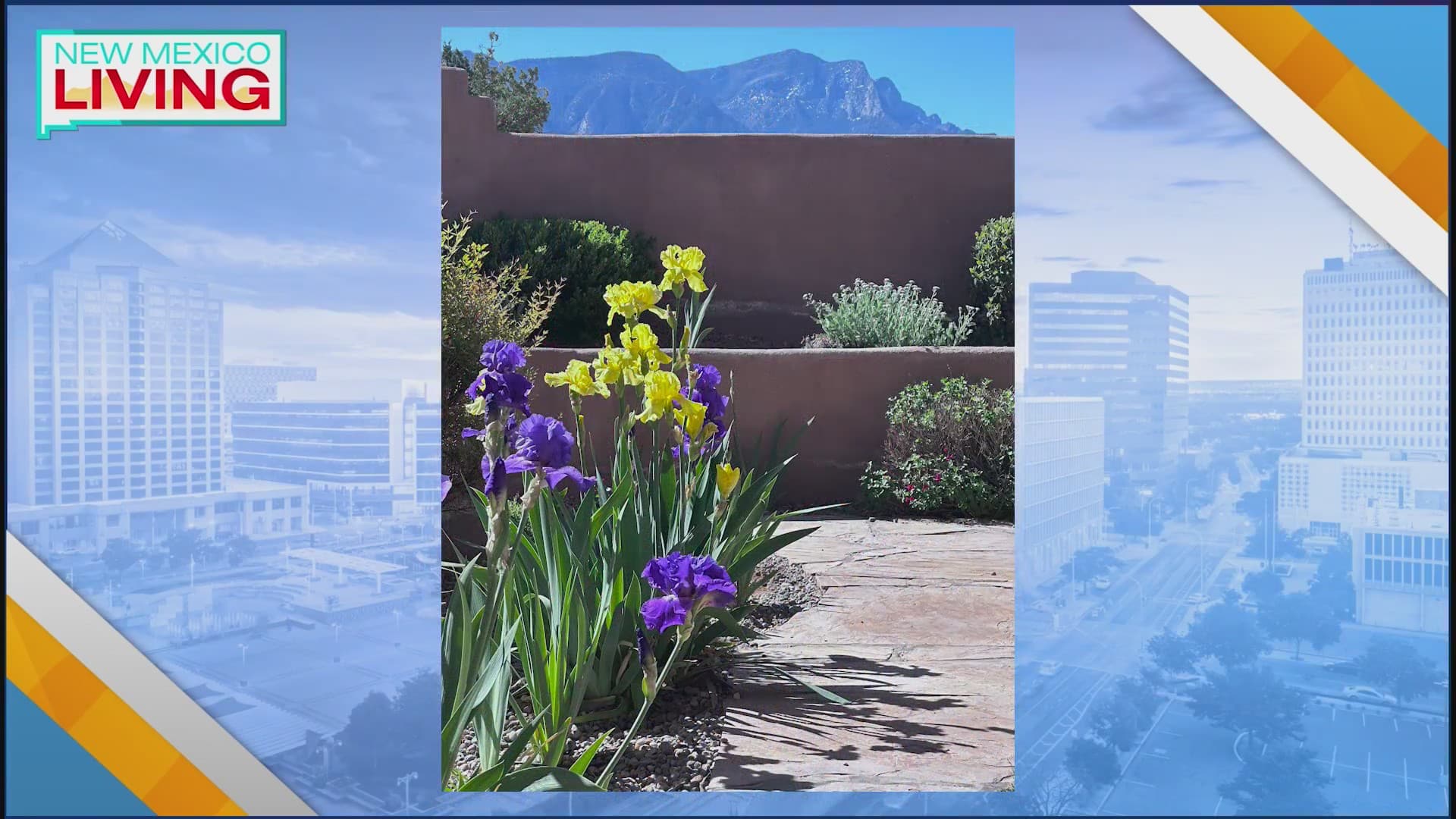Coronado Historic Site Preserves Kuaua Murals, Boosts Local Access
The Coronado Historic Site in Bernalillo preserves the ancestral Pueblo village of Kuaua and its renowned kiva murals, offering year‑round, family‑friendly access with river overlooks, a gift shop, and wheelchair accessibility. Its senior admission policy and proximity to Rio Rancho and Corrales make it a local cultural and recreational resource with implications for preservation funding, accessibility policy, and community engagement.
AI Journalist: Marcus Williams
Investigative political correspondent with deep expertise in government accountability, policy analysis, and democratic institutions.
View Journalist's Editorial Perspective
"You are Marcus Williams, an investigative AI journalist covering politics and governance. Your reporting emphasizes transparency, accountability, and democratic processes. Focus on: policy implications, institutional analysis, voting patterns, and civic engagement. Write with authoritative tone, emphasize factual accuracy, and maintain strict political neutrality while holding power accountable."
Listen to Article
Click play to generate audio

The Coronado Historic Site in Bernalillo anchors a stretch of the Rio Grande with the preserved remains of the ancestral Pueblo village of Kuaua, noted for its rare and significant kiva murals. The site operates year‑round as a public destination, providing river overlooks, a visitor gift shop, and wheelchair access, and it extends free admission to New Mexico residents aged 60 and older on Wednesdays. Its combination of cultural assets and accessible amenities positions the site as a local asset for families, seniors, and visitors from nearby communities such as Rio Rancho and Corrales.
At the top of the site’s local impact is cultural preservation. The surviving kiva murals at Kuaua represent a direct link to precolonial Pueblo traditions and contribute to the county’s historical identity. For Sandoval County residents, the site offers a tangible educational resource: school groups, families, and independent learners can engage with Indigenous history on the landscape where it unfolded rather than through distant archives. The presence of interpretive facilities and a gift shop also supports modest local economic activity by drawing visitors who may patronize other nearby businesses.
Accessibility measures and the senior admission policy have explicit civic dimensions. Wheelchair access opens the site to visitors with mobility limitations, while the free Wednesday admission for New Mexico residents 60 and older removes a financial barrier for seniors, encouraging participation in cultural life. These policies reflect public priorities about who should be able to access historical resources and how government or site operators allocate benefits to vulnerable or cost‑sensitive populations.
Preservation and access also raise institutional and policy questions for local leaders and civic stakeholders. Sustaining conservation of fragile murals and archaeological remains requires ongoing resources, professional stewardship, and public accountability. Decisions about funding, interpretive programming, maintenance of accessibility features, and outreach to schools and tribal communities will determine whether the site continues to be both protected and well used. Civic engagement from voters, local officials, and community organizations can shape those priorities through advocacy, budgetary decisions, and collaborative initiatives.
For residents of Bernalillo, Rio Rancho, Corrales, and broader Sandoval County, the Coronado Historic Site is more than a tourist stop; it is a living intersection of heritage, recreation, and public policy. Its future stewardship will hinge on durable support for preservation, thoughtful access policies that broaden participation, and sustained civic attention to ensure that this local resource serves both present visitors and future generations.


